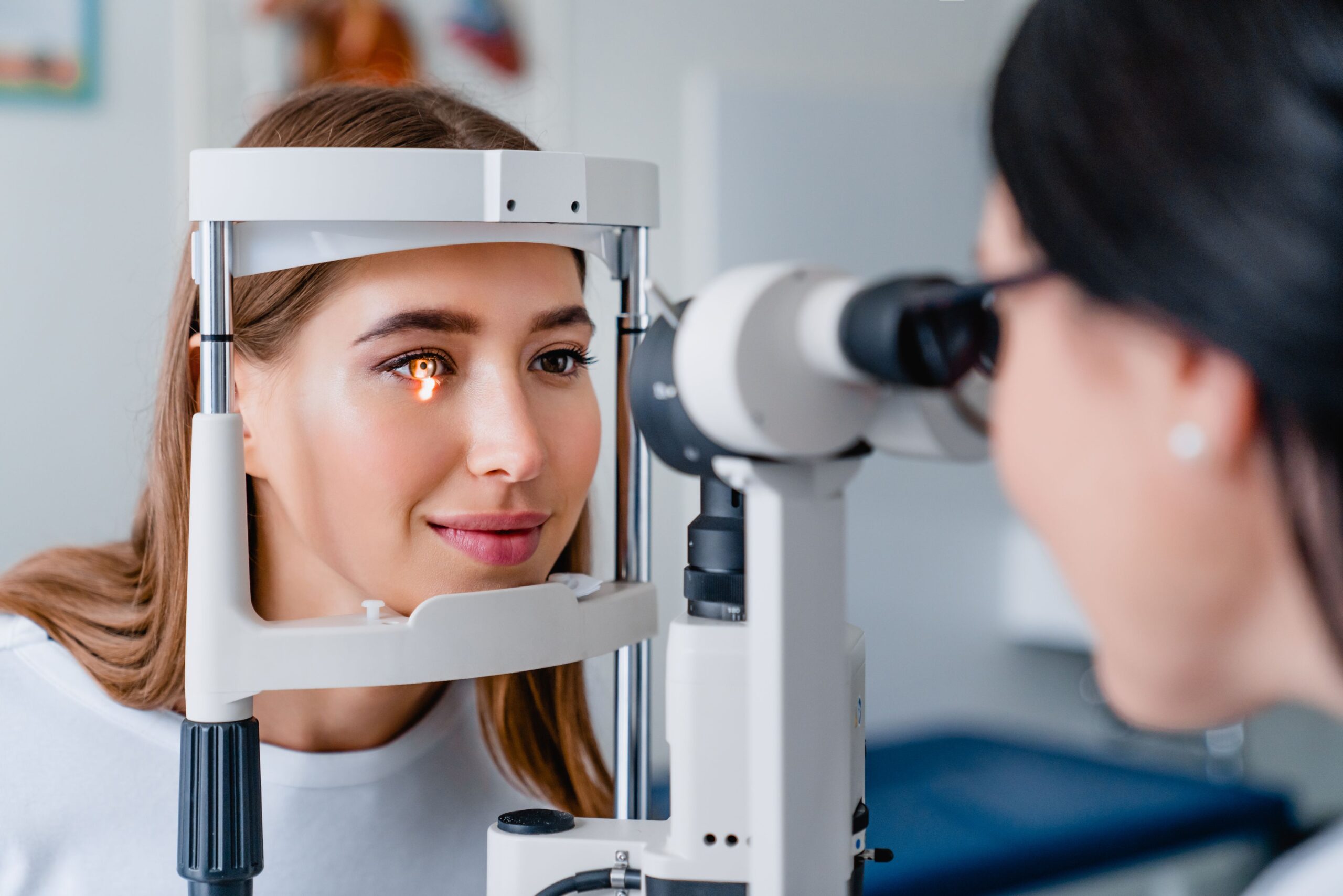Shockingly, nearly 2,000 Americans visit the emergency room daily due to a workplace eye injury. During Workplace Eye Wellness Month, the American Academy of Ophthalmology reminds employers and workers about the importance of wearing certified and approved eye protection.
One in ten of those 2,000 Americans visiting the E.R. will miss several days of work because of the injury. And 10%-20% of the injuries will cause temporary or permanent vision loss. That’s why we must be all practicing workplace safety.
Programs
Many companies are making workplace safety a priority. Injuries to employees cause several disruptions within the company, including workplace disruptions, loss of productivity, low employee morale, and even worker replacement. To help prevent these from happening within the workplace, companies should have workplace safety programs in place.
Proper Eye Protection

Someone that works “in the field,” like a construction worker or landscaper, should always wear the correct eye protection. There are so many risks for them while they are working. Materials are often cut, welded, drilled, nailed, etc., and the dust particles that can get into the eyes cause irritation and even permanent injuries.
There are specific PPE or personal protective equipment designed to help prevent injuries to the eyes. The employer must ensure that the PPE fits well and comfortable for the employees.
And, let’s not forget about the “in-office” workers. They have their share of eye-related risks too. Many office workers look at a computer screen for more than 8 hours a day, which takes a toll on their eyes. Computer Vision Syndrome (CVS) is a real thing. Common symptoms include eyestrain, headaches, blurred vision, dry eyes, and neck and shoulder pain.

There are several steps we can take to help prevent eye-related injuries in the office.
- Modify the Lighting: Keep bright overhead lighting to a minimum and keep natural light off to the side rather than directly in front or behind you.
- Reduce glare: Install a glare screen and re-position the computer to reduce reflections from windows and overhead lights.
- Adjust your monitor: The computer monitor should be positioned between 24 to 28 inches away from your eyes. This can help prevent eye strain that could lead to computer vision strain.
- Practice good posture: Chair height should be adjusted, so your feet are flat on the floor.
- Follow the 20-20-20 Rule: Optometrists recommend following the 20-20-20 rule. Take a 20-second break from the digital screen to view something 20 feet away every 20 minutes.
How Ophthalmologists Can Help

When a new patient comes in for their regular eye exam, make sure you talk about what they do for work and fun. Are they wearing PPE that is right for them and their job? Do they need blue-light blocking lenses to help prevent eye strain for those who work in an office? Be sure that you are helping to educate your patients and customers, so they don’t end up with permanent eye damage. If they play recreational sports, it may also be important that they have the correct PPE for the field.
Another way you can help, visit local businesses to share with them some safety tips for Workplace Eye Wellness Month. This helps the employees and the employers and could be a great way for you to bring in some more patients! Many people don’t realize they should wear protective eyewear or blue light blockers, and helping to keep them informed and educated will help bring them into the office for a “free exam,” which could lead to more prescriptions.